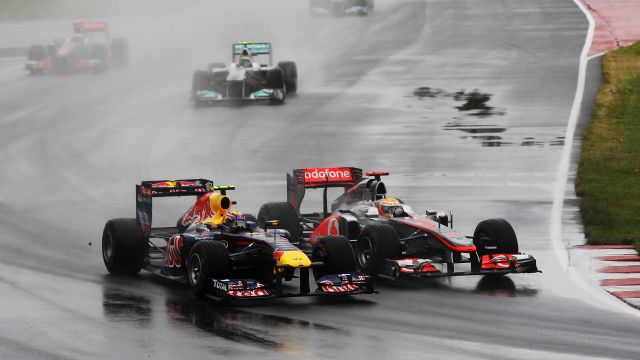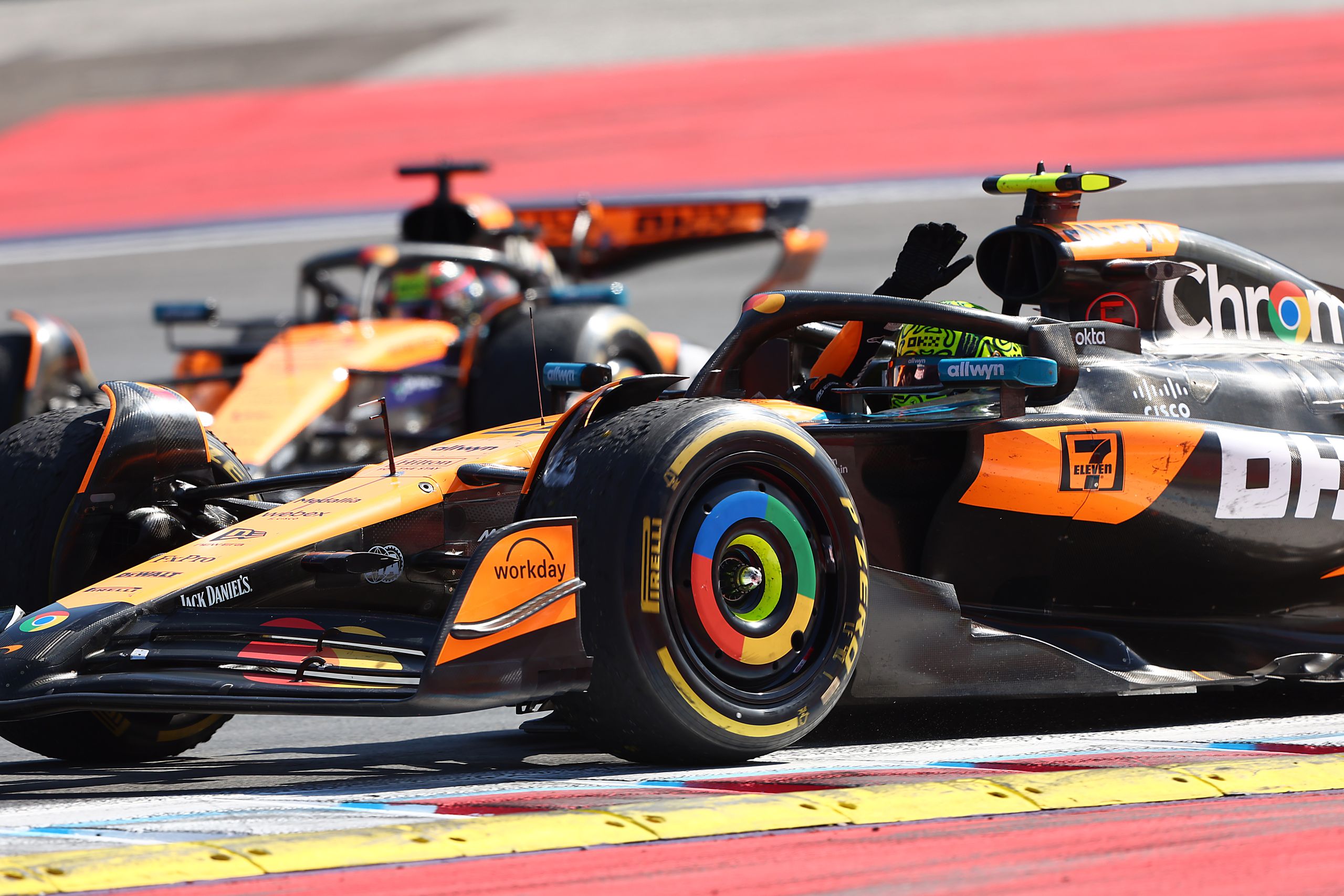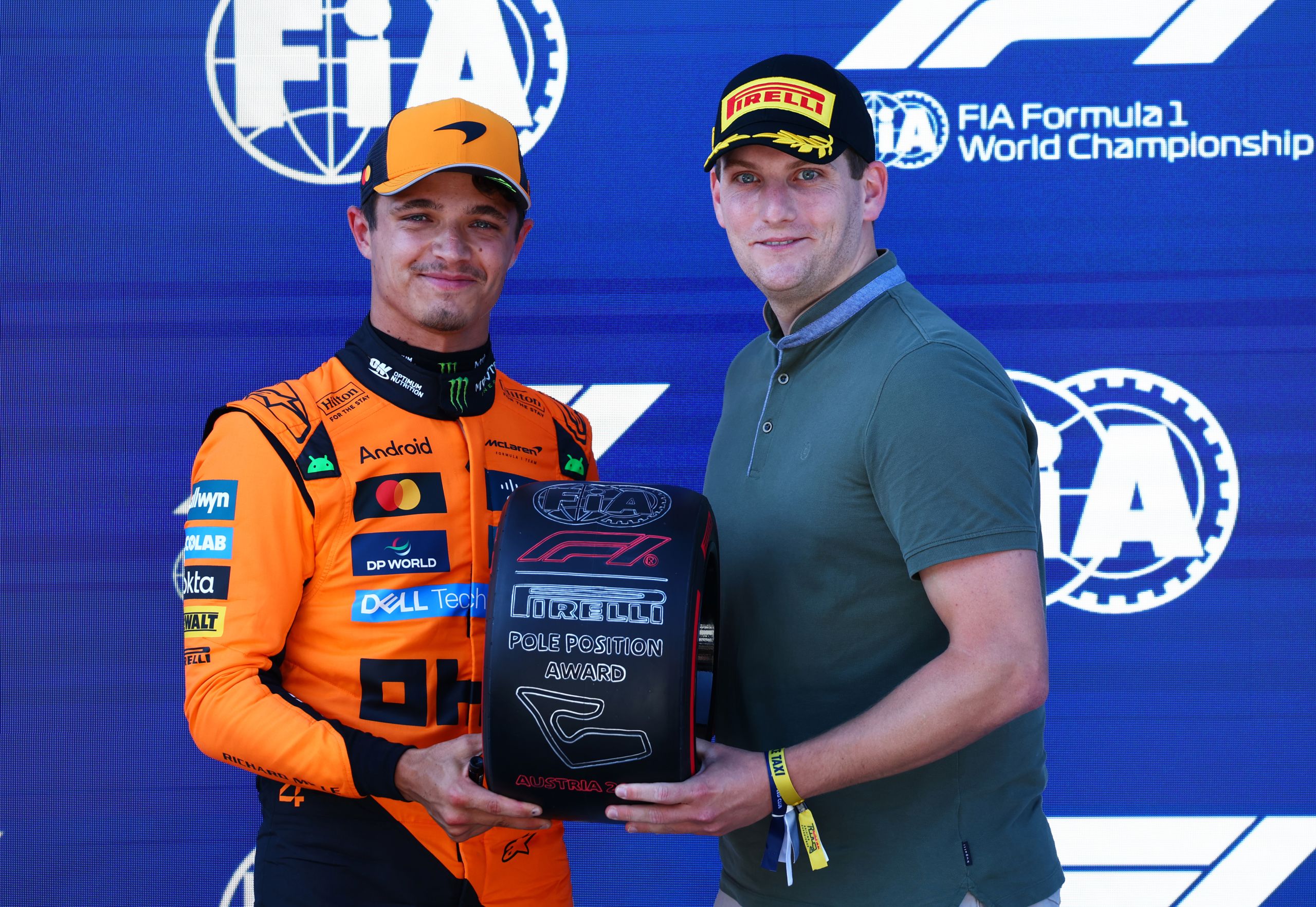What Is The Longest Grand Prix?


What is the longest Grand Prix? Technically there are two answers! The 1951 French Grand Prix holds the record for the longest race in terms of distance, covering an impressive 601.832 kilometers. However, in terms of duration, the 2011 Canadian Grand Prix takes the crown, with a race time of 4 hours, 4 minutes, and 39.537 seconds.
These record-breaking Grand Prix races exemplify the passion, expertise, and drive for success that characterizes Formula One racing. As fans continue to witness thrilling competitions, the sport’s history will be marked by these unforgettable moments and their remarkable achievements.
Longest Grand Prix in History
Race Distance and Duration
The longest Grand Prix in history, in terms of race time, is the 2011 Canadian Grand Prix. This iconic Formula One race took place at the Circuit Gilles Villeneuve in Montreal and lasted for a remarkable 4 hours, 4 minutes, and 39.537 seconds. The race consisted of 70 laps around the circuit. Due to heavy rain, this Grand Prix was stopped for 2 hours and ultimately saw Jenson Button claim victory.
Safety Car and Red Flag
During the 2011 Canadian Grand Prix, there were numerous safety car deployments and red-flag periods due to the challenging weather conditions. The safety car was deployed a total of six times throughout the race, as drivers navigated the slippery track and dealt with reduced visibility caused by the heavy rain. Additionally, the race was red-flagged for roughly 2 hours, as FIA officials deemed the track conditions unsafe for racing.
Other Notable Races
While the 2011 Canadian Grand Prix holds the record for the longest race in Formula One history, other notable races have tested the limits of race duration and distance. Among them is the 1951 French Grand Prix, which still holds the record for the longest race distance at 601.832 kilometers. The 2003 Italian Grand Prix is the shortest race without a red flag, lasting only 1 hour, 14 minutes, and 19.838 seconds. Another race worth mentioning is the 1971 German Grand Prix, which saw the fewest laps completed without a red flag: just 12 laps.
In conclusion, records and remarkable races showcase the varied nature of Formula One and the challenging conditions that drivers and teams must navigate. These key events in the sport’s history, such as the 2011 Canadian Grand Prix, remind us of the exciting and unpredictable nature of racing at its highest level.
Legendary Circuits and Races
Circuit de Monaco
The Circuit de Monaco is synonymous with the prestigious Monaco Grand Prix. This street circuit has been part of the Formula 1 calendar since 1950 and is known for its tight corners, elevation changes, and close proximity to barriers. The Monaco Grand Prix is considered one of the most challenging and glamorous races in the world, testing drivers’ skills and precision like no other track.
Circuit Gilles Villeneuve
The Circuit Gilles Villeneuve, located in Montreal, Canada, is named after the late Canadian Formula 1 driver Gilles Villeneuve. Hosting the Canadian Grand Prix since 1978, this circuit stands out for its 4.361 km (2.710 mi) layout, including the infamous Wall of Champions – a corner that has caught out numerous F1 greats over the years, and is popular with Canadian casinos with pay by phone bill.
Monza Circuit
Home to the Italian Grand Prix, the Monza Circuit is situated near Milan, Italy. Monza has been part of the Formula 1 Championship since its inception in 1950, making it one of the oldest and most historic circuits in the sport. The track is famous for its high-speed straights and challenging corners, making it a favorite among drivers and fans alike.
Spa-Francorchamps
The Circuit de Spa-Francorchamps, located in Belgium, is renowned for its fast and flowing layout, including the notorious Eau Rouge corner. Hosting the Belgian Grand Prix, the 7.004 km (4.352 mi) Spa circuit is a favorite among drivers due to its challenging nature and varying weather conditions. The circuit’s history dates back to 1921, with Formula 1 races taking place there since 1950.
Silverstone Circuit
The Silverstone Circuit in the United Kingdom has played a significant role in Formula 1 history, as it hosted the first-ever World Championship race in 1950 – the British Grand Prix. This historic track has gone through many revisions over the years, but it continues to test drivers’ abilities with its iconic corners and high-speed sections. The British Grand Prix remains one of the most celebrated events on the F1 calendar, drawing in enthusiasts from all corners of the globe.
Grand Prix Venues Around the World
Formula 1 has a rich history of Grand Prix events held in various locations across the globe, spanning multiple continents. This section explores prominent venues in Asia and the Middle East, Europe and Africa, and the Americas.
Asia and Middle East
Asia and the Middle East have hosted several iconic Formula 1 events. The Bahrain Grand Prix at Sakhir circuit has been part of the F1 calendar since 2004. The Marina Bay Street Circuit, home to the Singapore Grand Prix, was the first to host a night race in 2008. The Suzuka Circuit in Japan is known for several memorable Japanese Grand Prix races over the years.
Other notable venues in this region include the Yas Marina Circuit for the Abu Dhabi Grand Prix, the Baku City Circuit that hosts the Azerbaijan Grand Prix, the Shanghai International Circuit for the Chinese Grand Prix, and the Istanbul Park Circuit, which returned to the F1 calendar for the Turkish Grand Prix during the Covid-interrupted seasons.
Europe
Europe has been the birthplace and heartland of Formula 1, hosting numerous Grand Prix events since the championship’s inception in 1950. The legendary Circuit de Spa-Francorchamps in Belgium is home to the Belgian Grand Prix and is the longest circuit on the calendar. The historic Circuit de Barcelona-Catalunya has hosted the Spanish Grand Prix since 1991, while the Red Bull Ring in Austria is home to both the Austrian Grand Prix and the Styrian Grand Prix.
Other notable European venues include the Hungaroring for the Hungarian Grand Prix, Circuit Paul Ricard for the French Grand Prix, Circuit Zandvoort for the Dutch Grand Prix, Autodromo Nazionale Monza for the Italian Grand Prix, and Silverstone Circuit for the British Grand Prix.
Americas
The Americas have a solid presence in the Formula 1 calendar, with the United States Grand Prix taking place at the Circuit of the Americas in Austin, Texas, and the Brazilian Grand Prix held at the historic Interlagos circuit in São Paulo, Brazil. The Canadian Grand Prix takes place at the Gilles Villeneuve Circuit in Montreal, and the Mexican Grand Prix is held at the Autódromo Hermanos Rodríguez in Mexico City.
The calendar is set to expand in this region, with the Las Vegas Grand Prix joining the schedule in 2023. Additionally, the Argentine Grand Prix and the Detroit Grand Prix have been part of the F1 history but are not currently featured in the racing calendar.
Discontinued and Lesser-Known Grand Prix
European Tracks
Several lesser-known or discontinued Grand Prix tracks have existed throughout the history of Formula One in Europe. Among them, the Pescara Grand Prix took place in Italy and held the record for the longest F1 circuit at 15.8 miles. The San Marino Grand Prix was another Italian race that took place at the Imola circuit from 1981 to 2006. The Luxembourg Grand Prix was held for a short period in the late 1990s at the Nürburgring circuit in Germany, also hosting the Eifel Grand Prix in 2020. Another remarkable event is the Portuguese Grand Prix, which was held at multiple locations within Portugal before eventually becoming a discontinued event.
Americas
In the Americas, several discontinued or lesser-known Grand Prix races have taken place. The Argentine Grand Prix saw many iterations in Argentina from 1953 to 1998, although it is currently inactive. In the United States, a few races have come and gone. The Dallas Grand Prix lasted only one year in 1984, while the Detroit Grand Prix ran from 1982 to 1988. The Caesars Palace Grand Prix, held in 1981 and 1982, was a street circuit located in the Caesars Palace parking lot in Las Vegas. The Miami Grand Prix, a recent addition to the calendar, had its first event in 2022.
Asia
The Asian continent has also contributed its share of lesser-known or discontinued Grand Prix races. The Abu Dhabi Grand Prix stands as one of the newest additions, debuting in 2009 and continuing annually ever since. The Pacific Grand Prix took place in Japan for a brief period during the early 1990s before ending in 1995. The South African Grand Prix had long periods of inactivity, though it officially stopped after the 1993 season due to the end of apartheid.
These discontinued and lesser-known Grand Prix races showcase the ever-evolving landscape of Formula One racing, paving the way for new and innovative events around the world.
Historical and Memorable Moments
Influence on Grand Prix History
Over the years, there have been many memorable moments in Grand Prix history that had a significant influence on the sport. The inception of Formula 1 as a World Championship began with the 1950 British Grand Prix at Silverstone, where Nino Farina emerged victorious in his Alfa Romeo. This race marked the beginning of a long and exciting journey for both drivers and fans.
One impactful moment in Grand Prix history occurred in 1982 at the Imola Circuit during the Emilia-Romagna Grand Prix. Gilles Villeneuve and his teammate Didier Pironi had a controversial battle, resulting in Pironi’s victory. This event caused tension within Ferrari and left a mark on Formula 1’s history.
Another notable influence in Grand Prix history was the introduction of the Circuit Gilles Villeneuve in Montreal, Canada, named after the legendary driver. This circuit has become a staple in the F1 calendar and has hosted many memorable races.
Iconic Races
Throughout the years, several iconic races have been etched in the memories of Formula 1 fans, such as the following:
- 1984 Monaco GP: During a rain-soaked race, a young Ayrton Senna made a name for himself by finishing in second place behind Alain Prost. The race was halted due to dangerous conditions, but Senna’s performance demonstrated his prowess in challenging circumstances.
- 2009 Malaysian Grand Prix: Jenson Button claimed a remarkable victory in a chaotic, rain-affected race that was eventually red-flagged and awarded half points to the drivers. Button’s triumph in mixed conditions showcased his exceptional driving skills.
- 1951 French Grand Prix: At the historic Reims-Gueux circuit, Juan Manuel Fangio and Luigi Fagioli secured an Alfa Romeo 1-2, while Fagioli became the oldest driver to win a Formula 1 Grand Prix at 53 years old.
While the longest race distance in Formula 1 history remains the 1957 German Grand Prix at the Nurburgring Nordschleife, the introduction of new venues such as the Miami Grand Prix, Saudi Arabia Grand Prix, and others, allows Formula 1 to continually evolve and captivate fans all over the world. As a result, the rich history of Formula 1’s Grand Prix events is filled with exciting stories and iconic moments that will continue to inspire future generations.





